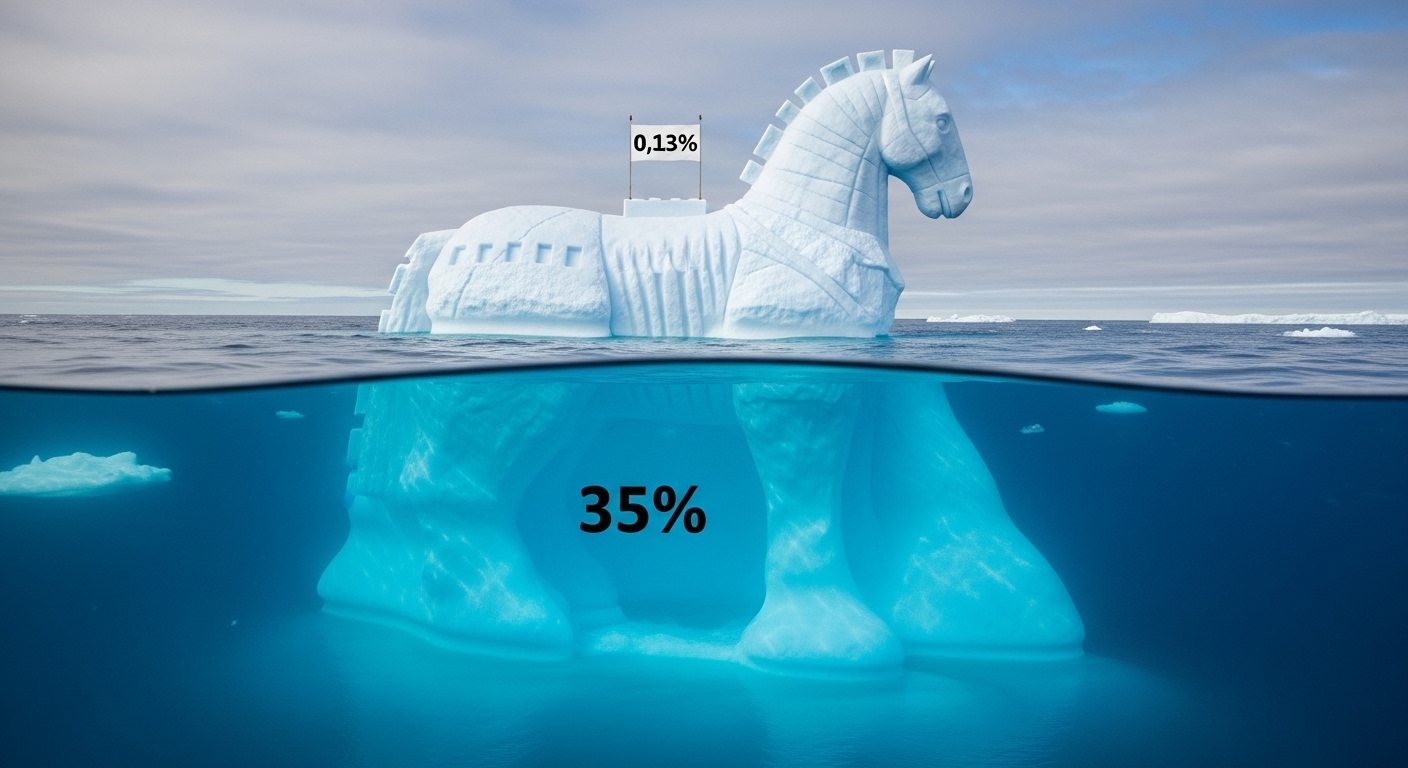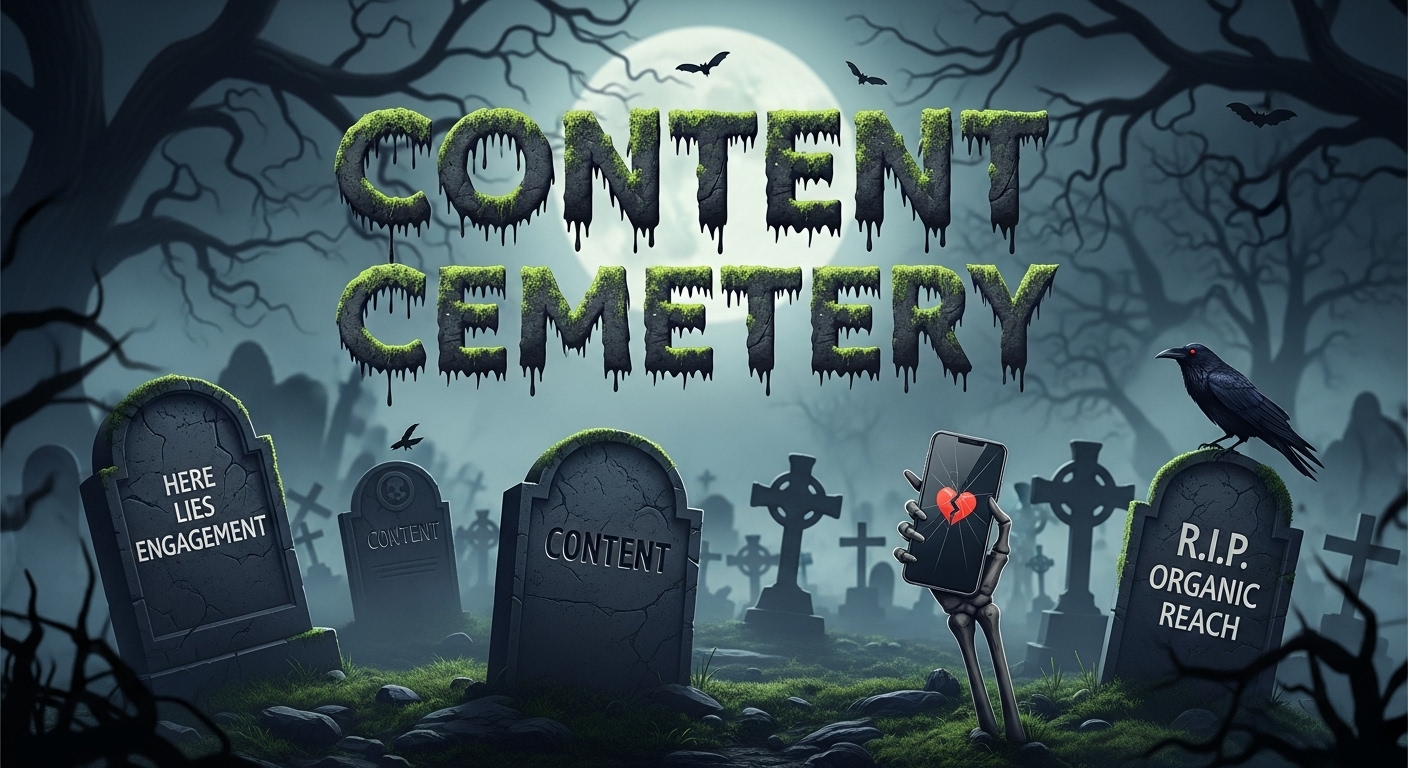
How to Use Customer Journey Archetypes to Your Advantage

Choose a playing piece or meeple.
Roll the dice.
Pass go.
Convert.
Repeat the process.
Win the game!
If only customer journeys were that easy.
As much as we’d like them to be, customer journeys are not owned or dictated by marketers — journeys are owned by the prospect and customers. And it’s up to the marketers to craft the quickest, most direct route to transaction, letting the customers lead the way.
What are customer journey archetypes?

Just like in a board game, the prospects (or playing pieces) vary significantly, as can their journeys. Every roll of the dice means different steps, different stages, different speeds, different results.
But there ARE commonalities between the players and their pathways. It’s what we’re calling customer journey archetypes, or the customer cohorts or personas that are defined by their approaches to digital journeys.
Not every journey results in a win or sale, those that don’t can still prove valuable to marketing teams. Analysis of “failed” journeys offers insights (even more so than winning journeys) — this customer journey intelligence can show kinks in the pipeline, drop-offs in stages and content, even the ability to segment similar journey-takers together as archetypes.
Journey archetypes have received attention recently. Here are a few of the most common players that are worth betting on for growth marketers:
Tire-kickers
are defined by significant content consumption, potentially over multiple visits and with significant time spent. Journey progress can be slow in each stage, but progress is visible. These highly engaged prospects have one big problem, though — no high-value action or conversion taken. Often seen for higher consideration purchases, these ultimate non-committers enjoy the journey yet lack the commitment to a final step. Forever “just browsing,” the tire-kicker requires a significant trigger to move to action.
One-and-dones
can boost traffic and initial page view metrics, but they also show up with high bounce rates. Low engagement and as a single touch (versus a multi-touch journey) implies that one-and-dones didn’t find what they were seeking, suggesting either source content (search description, social tease, paid placements) isn’t matching with site experience or content. The enigma comes when coupling higher engagement indicators (time on page, scroll depth, etc.) with high bounce rates: Why did the one-and-done leave? One-and-dones show up in both high and low involvement categories across both B2C and B2B. This archetype needs the page they land on to grab and keep them on their journey.
Hares
initially seem ideal, zooming through their journeys with great speed, getting very near the point of conversion, only to fall off and go dormant. Talk about frustrating when all indications — engagement, journey stage progression, next step actions — are completed quickly, but without reward. Typically seen in higher consideration purchases with multiple journey stages in either B2B or B2C, hares may ultimately reach the goal line, but at a cost-per-acquisition rate that is inflated and/or a customer lifetime value (LTV) level that ultimately pans out low.
Tortoises
ultimately convert, and though their glacial path to conversion makes them least-liked among demand generation leaders, tortoises represent the fullest journeys with careful consideration. Again, they primarily crop up for high consideration transactions with multiple stakeholders to consider, but tortoises become well educated buyers and more than likely make up for their slowness by proving loyalty and carrying the potential for greatest customer LTV. Slow and steady can indeed win the race.
Ghosts
will literally...ghost you. These begin as look-alikes for other archetypes, but their promising journeys end all too abruptly. Unlike a one-and-done or hare, ghosts inexplicably disappear; marketers waiting for a reappearance to fulfill a tortoise archetype are left waiting by the phone for a text or call. Can be found in high- and low-consideration journeys, B2C or B2B.
Sheep
often buy in teams and lack a true owner or strong liaison. Without the right owner/shepherd, there are simply too many to herd when each individual sheep (champions, influencers, end users, ratifiers, decision makers, other stakeholders) has their own agenda and specific needs. Each sheep plays an important role in high consideration B2B transactions, and each pops in and out of the journey at varying times and stages. Marketers tend to focus on champions, but with so many in the herd’s journey, the flock is often tough to gather and drive.
Quality over quantity
Recognizing these journey archetypes (and dozens more scenarios), digital marketers often look for patterns in their businesses, with the aim to maximize quantity to fulfill business needs. But are more tire-kickers, more ghosts, more hares, more one-and-dones, or a flock-full truly the best acquisition strategy?
Instead of building a model around quantity, brands that tap into journey insight can uncover journey quality as well.
That is, learning from those archetypes to adjust the map to lead to enhanced positive business outcomes.
How do you improve customer journey quality?
- Identify patterns among the highest-performing journeys
- Optimize the number of steps in the highest-performing journeys
- Scale the optimized journey, weighing quantity and quality, speed and completeness
1. Identify patterns
What if there was an ideal mix of journey archetypes — the completeness of a tortoise, the speed of a hare, the engagement of a tire kicker — that left the drawbacks behind?
A powerful way to assemble this ultimate mix is to scour actual journeys taken to see which patterns consistently emerge.
Example
Say an electric vehicle manufacturer uncovers that all successful journeys bypassed their website’s “Compare costs of EV vs. gas-powered” calculator, skipped directly to a “Nationwide charging stations” infographic, then immediately reserved a vehicle. Identifying this pattern, the marketing team can use this insight to reevaluate the definition of the journey’s “completeness” (tortoise) plus the journey’s “engagement” (tire kicker) to change and optimize the direct route to the conversion action to reserve an electric vehicle.
Identifying patterns among the highest value journeys means looking at first touch, last touch, and (maybe most importantly) middle touch activity. The “missing middle” can provide the bridge to link beginning and completion of journeys.
Look for this mid-stage activity in blogs, thought leadership, and experiential content that instructs and educates, linking between early awareness and consideration through later trial and experience. Don’t discount product pages or other traditionally “bottom-of-funnel” content either, as customer journeys are not linear.
There may be a repeated pattern of certain missing middle pages that continually appear in a review of successful journeys. You’ll want to study how customers got there, too, whether it was from another piece of content or a reengagement campaign from another channel.
This is the completeness of a tortoise, appreciating the linking stages the hare likely surpassed in its speed. Case in point: A Knotch client used this pathway data and optimized future journeys to double-digit percentage increases.
2. Optimize
Journey quality not only optimizes the page and content flow but also the number of steps in the highest value journeys, serving to increase journey velocity by paring down the number of activities required to move an audience from prospects to leads to customers.
Forrester estimated the average number of steps in a successful B2B journey to be a whopping 11.4, meaning the number of touchpoints to make an ultimate purchasing decision approached one dozen on average.
Temporarily ignoring which are the right dozen, journey optimization also means streamlining it — fewer overall steps is an outcome of identifying customer needs by stage and delivering upon them.
Recirculation, the rate that a piece of content drives a viewer to another piece of content, is typically viewed as a positive metric, but moving to the next stage after engaging with one page or piece of content is even more powerful. As fewer steps drive journey efficiency, the quality of the journey increases because there’s no waste of effort on the prospect’s part and less waste of resources for the marketing team.
3. Scale
A true journey engine is scalable, combining quality AND quantity, speed AND completeness. Scaling journeys means identifying and optimizing on a continual basis.
Direct mail was arguably the birthplace of test/learn/optimize. Today, marketers still recognize a “champion” piece and the value of continuously comparing the champion to challengers, where eventually a challenger outperforms the reigning champ to take over that role, and so on.
It is this mindset that can be applied to optimize journeys at scale. Look at each element in the optimized journey and test new pages, content formats, and calls to action to shape that next best journey. Whatever the mix of archetypes results in the champion journey, challenge it.
Customer journey intelligence
Knowing your journey archetypes, journey quality, identification, optimization, and scale are all achieved through journey intelligence and insight. Page views and surface engagement are now table stakes; deeper understanding of digital customer behavior requires unique technology to make complex journeys more easily defined. Explore Knotch for customer journey intelligence, right here.
About the Author
Keith is the Senior Director, Content Strategy for Knotch's consulting practice. He has led content teams at IBM, Discover Card, Sears, and Rimini Street.
Become a thought leader
Become a thought leader
Trusted by the largest (and now smartest) brands in the world.
“Before Knotch we did not understand what content was driving business results. Now we understand which content moves the needle. Knotch’s cohesive reporting and insights paint a real picture of what’s happening on our website instead of the patchwork quilt that comes from a Google Analytics approach. With Knotch we have been able to re-prioritize ad spend, route better leads to our SDR team, and inform our content development initiatives.”

"The Knotch platform ensures that we deliver high-performing content tailored to young home shoppers, enhancing their experience and driving better business outcomes.”

"Our partnership with Knotch has been highly successful, empowering us to leverage data-driven insights and refine our content strategy.”









